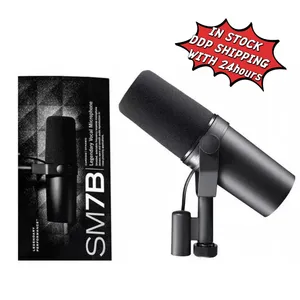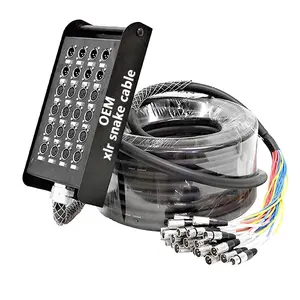Popular in your industry

















Related Searches:















 Ready to Ship
Ready to Ship







Top categories
About microphone diaphragm
A microphone diaphragm is the part of a microphone that converts sound waves into electrical signals. The diaphragm is a thin, flexible membrane that vibrates in response to sound waves. These vibrations are then converted into an electrical signal that can be amplified and recorded. The size and material of the diaphragm can greatly affect the sound quality and sensitivity of the microphone. The diaphragm is a crucial component of a microphone that directly influences its performance and frequency response.
Types of microphone diaphragms
Dynamic microphones use a diaphragm that is attached to a coil of wire. As sound waves hit the diaphragm, it moves the coil in a magnetic field, generating an electrical signal. This design is ideal for durable microphones that can handle high sound pressure levels, making them suitable for live performances and recording loud sound sources. On the other hand, condenser microphones use a diaphragm placed near a backplate. When sound waves hit the diaphragm, the distance between it and the backplate changes, creating capacitance variations. This design provides excellent sensitivity and frequency response, making condenser microphones a popular choice in studios and for capturing subtle sound details. Electret condenser microphones are a variation of traditional condenser microphones. They use a permanently charged material to create a stable electric field, eliminating the need for an external power supply to polarize the diaphragm. This design allows for a compact and efficient microphone that is commonly used in consumer electronics and wireless applications.
The importance of choosing a high-quality microphone diaphragm
The diaphragm plays a crucial role in a microphone's performance, sensitivity, and frequency response. A high-quality diaphragm ensures accurate sound capture, enabling the microphone to reproduce sound faithfully. A Rode NT1 microphone, for example, is known for its large, gold-sputtered diaphragm that contributes to its low self-noise and clarity. In contrast, a Neumann TLM 103 employs a diaphragm design that offers a balanced frequency response and smooth sound reproduction. When selecting a microphone for specific applications, such as vocal recording or instrument miking, understanding the diaphragm's characteristics can help choose the most suitable microphone. For instance, the Rode NT1 kit is an ideal choice for vocals and acoustic instruments due to its detailed, warm sound. The Audio-Technica AT2020 is a popular choice for home recording and podcasting, offering a wide dynamic range and low self-noise. A Neumann mic TLM 103 is favored in professional recording environments for its transparent sound and versatility. Identifying the diaphragm type and size, whether it's a large or small diaphragm, helps in selecting the right microphone for specific recording needs.




























